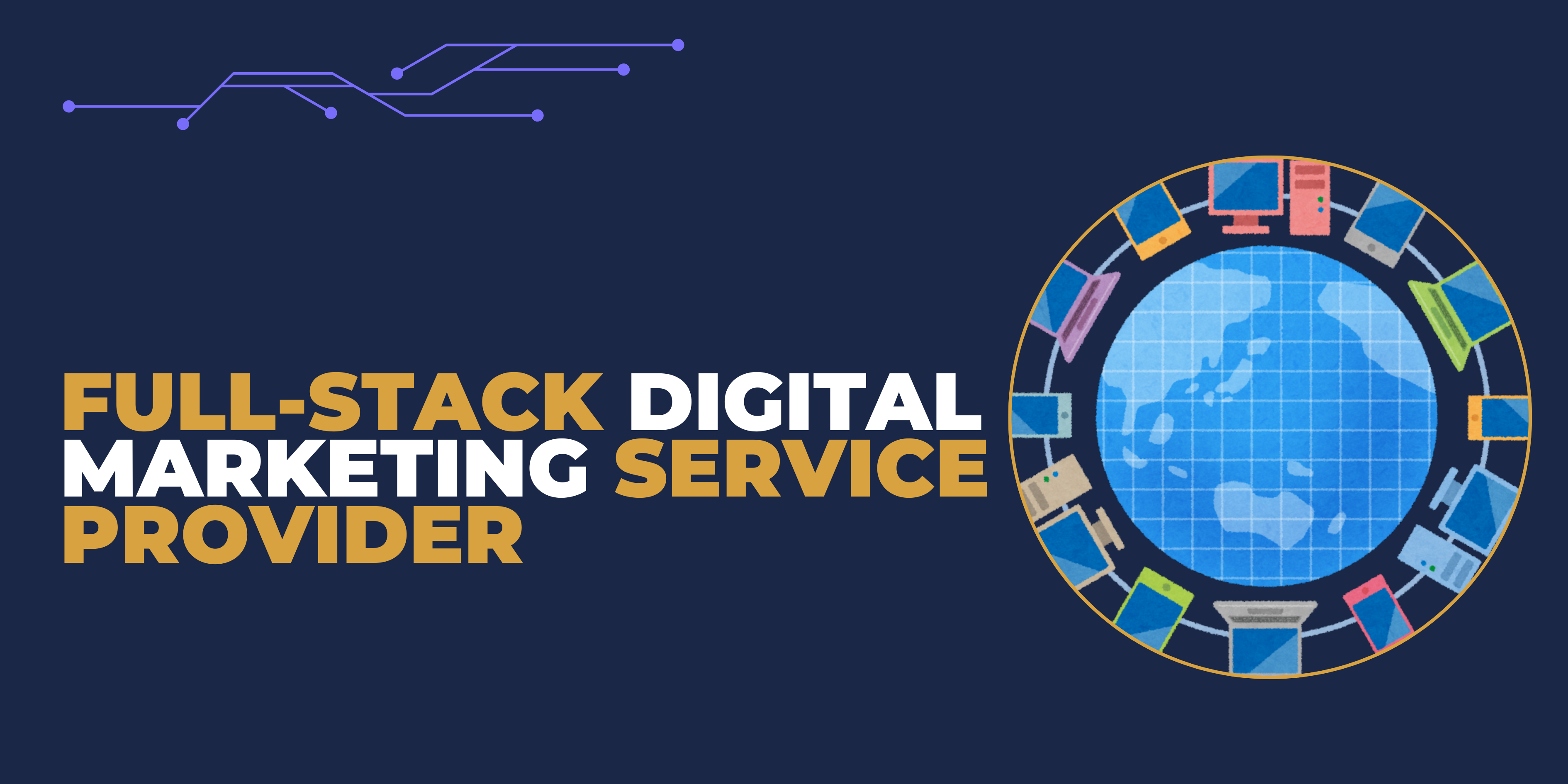A Comprehensive Guide to Successful Google Ads Campaigns
Google Ads is one of the most powerful marketing tools available today. It offers the potential to reach billions of people worldwide, driving traffic, leads, and sales for businesses of all sizes. However, while Google Ads can yield impressive results, it’s not a magic bullet. You can’t just set up a few ads and expect an avalanche of conversions without putting in the work.
If you’re not willing to dedicate time, energy, and resources to properly optimize and manage your Google Ads campaigns, you could end up wasting significant amounts of money. So, before you dive into the world of Google Ads, here are the essential things you must be willing to do to ensure your campaigns are successful.
1. Set Clear, Achievable Goals
One of the biggest mistakes businesses make when launching Google Ads campaigns is not having a clear goal in mind. Without a goal, you’re essentially flying blind. What exactly do you want to achieve with Google Ads? More sales? More leads? Brand awareness?
Here are a few examples of goals you should have:
- Increase Sales: This is the most common goal, especially for e-commerce businesses. You want more conversions, whether it’s product purchases, subscriptions, or service bookings.
- Generate Leads: If your business operates in a B2B market or provides services that require consultation or sign-ups, generating quality leads is key.
- Build Brand Awareness: Maybe you’re not looking for direct sales, but rather to build awareness for your brand. This is especially common for new businesses or product launches.
Once your goals are clear, every decision you make regarding your campaigns will be more focused and effective.
Actionable Tip: Before you run a single ad, sit down and define your main objectives. Google Ads provides different types of campaign settings to help you reach specific goals, so knowing what you want to achieve will also guide your campaign type selection.
2. Conduct Thorough Keyword Research
Google Ads operates primarily on keywords, so understanding how your target audience searches for products or services similar to yours is vital. You can’t afford to rely on intuition alone—thorough, data-driven keyword research is a must.
A keyword strategy should go beyond just targeting high-volume keywords. If you’re in a competitive industry, broad, high-volume keywords can eat up your budget fast without generating conversions. Instead, focus on long-tail keywords that indicate specific intent.
For example:
- Broad keyword: “men’s shoes” (high competition, vague intent)
- Long-tail keyword: “buy men’s leather running shoes” (lower competition, higher intent to purchase)
To find the right keywords, use tools like Google Keyword Planner, SEMrush, or Ahrefs to identify terms with high intent and manageable competition. Incorporating both exact match and phrase match keywords will help you balance reach and relevance.
Actionable Tip: Don’t skip negative keywords! These are terms you don’t want your ads to appear for. By excluding irrelevant keywords, you’ll avoid wasting budget on clicks from people who aren’t interested in what you offer.
3. Create Compelling Ad Copy
Once you’ve got your keywords, it’s time to craft ads that will entice people to click. Remember, Google Ads is a pay-per-click (PPC) platform, so your goal isn’t just to get as many clicks as possible—it’s to attract the right kind of clicks.
Your ad copy needs to:
- Grab attention: Use your headline to capture attention right away. Make it specific and relevant to the searcher’s intent.
- Provide value: Clearly communicate what makes your product or service unique. Do you offer a discount? Free shipping? Highlight it in the ad.
- Include a call to action (CTA): Whether it’s “Shop Now,” “Get a Free Quote,” or “Learn More,” your ad should tell users exactly what action to take next.
Additionally, take advantage of ad extensions, such as site link extensions (which let you include extra links), callout extensions (which highlight special offers), or location extensions (which show your business’s address). These additions improve your ad’s visibility and provide users with more reasons to click.
Actionable Tip: A/B test different versions of your ad copy. Small tweaks to your headline, CTA, or offers can result in significant improvements in click-through rates (CTR) and conversions.
4. Optimize Your Landing Pages
Sending traffic to poorly optimized landing pages is a surefire way to kill your Google Ads campaign’s effectiveness. You might have an ad that’s performing well, but if users are landing on a confusing or irrelevant page, they’re likely to bounce without converting.
A few key aspects of an optimized landing page include:
- Message Match: Your landing page should match the ad in both messaging and intent. If your ad promises “20% off women’s jeans,” the landing page should feature those jeans with the same discount prominently displayed.
- Clear CTA: The page should guide users to take a specific action, such as “Buy Now,” “Sign Up,” or “Contact Us.” Keep the CTA visible and easy to find.
- Mobile Responsiveness: With a significant portion of traffic coming from mobile devices, ensure your landing page is mobile-friendly and loads quickly on all devices.
- Fast Load Time: Users will leave if your page takes too long to load. Tools like Google PageSpeed Insights can help you identify and fix performance issues.
Actionable Tip: Track your conversion rate on each landing page. If you’re getting traffic but no conversions, revisit the design, layout, and messaging of the page to see where users may be dropping off.
5. Set a Realistic Budget and Bidding Strategy
It’s easy to overspend or underspend on Google Ads without a proper budget strategy in place. Set a daily or monthly budget that aligns with your goals, but ensure it’s realistic for your industry and keyword competition.
There are different bidding strategies available:
- Maximize Clicks: Automatically sets bids to get as many clicks as possible within your budget. This is ideal if you’re focused on driving traffic.
- Target CPA (Cost Per Acquisition): This strategy sets bids to achieve a specific cost per conversion. It’s a good option if your focus is on acquiring leads or sales at a predictable cost.
- Target ROAS (Return on Ad Spend): If your goal is to maximize revenue from your ad spend, this strategy adjusts bids to achieve a target return on investment.
Remember, Google Ads is an auction system, and the amount you bid for clicks determines where your ad ranks compared to competitors. But don’t fall into the trap of thinking you need to outbid everyone—Quality Score plays a crucial role in your ad rank, too.
Actionable Tip: Start with a modest budget and gradually increase it as you gather performance data. Don’t forget to monitor your bids regularly, as too-high bids can quickly deplete your budget without delivering results.
6. Use Google’s Smart Bidding Features
Google’s Smart Bidding options are a set of automated bidding strategies powered by machine learning. These strategies can help optimize your ad bids for specific goals, like conversions or conversion value, taking the guesswork out of manual bidding.
Here’s a breakdown of Smart Bidding strategies:
- Maximize Conversions: Automatically adjusts your bids to get the most conversions for your budget.
- Target CPA: Bids to help you reach a target cost-per-acquisition.
- Target ROAS: Bids to maximize return on ad spend.
- Enhanced CPC (Cost Per Click): Adjusts your manual bids based on the likelihood that a click will result in a conversion.
While Smart Bidding can save time and boost performance, it’s important to ensure you have enough data for Google’s algorithm to work effectively.
Actionable Tip: Let Smart Bidding work its magic, but don’t rely on it entirely. Keep a close eye on your performance and adjust other aspects of your campaigns to improve results alongside Smart Bidding.
7. Implement Conversion Tracking
Without conversion tracking, you’re flying blind. Conversion tracking allows you to see what happens after a user interacts with your ad—whether they make a purchase, sign up for a newsletter, or complete a contact form.
Setting up conversion tracking lets you measure the effectiveness of your Google Ads and make informed decisions about how to optimize your campaigns. You can track various actions, such as:
- Sales or purchases
- Lead form submissions
- Phone calls
- App downloads
Conversion tracking not only gives you insight into performance but also allows Google’s automated systems (like Smart Bidding) to optimize based on actual conversion data.
Actionable Tip: If you’re using Google Ads, set up conversion tracking right from the start. It will provide the data you need to continually improve and make smarter decisions.
8. Monitor Performance and Make Data-Driven Adjustments
Running a successful Google Ads campaign isn’t a “set it and forget it” process. Regular monitoring and optimization are crucial to maintaining and improving performance. Thankfully, Google Ads provides a wealth of data you can use to make informed decisions.
Here’s what you should be monitoring:
- Click-Through Rate (CTR): This indicates how many people click on your ad after seeing it. A low CTR can mean your ad copy isn’t compelling or your targeting is off.
- Conversion Rate: The percentage of clicks that result in a desired action (like a purchase or sign-up). If your conversion rate is low, it might signal an issue with your landing page or offer.
- Cost-Per-Click (CPC): Keep an eye on your CPC to ensure you’re not overspending on clicks that don’t convert.
- Impression Share: This metric shows how often your ads are being shown compared to the number of times they could be shown. Low impression share could mean your bids or budget are too low.
Based on these insights, you can adjust your bids, ad copy, targeting, or landing pages to continually improve your campaigns.
Actionable Tip: Set a schedule for reviewing your campaign data—whether it’s daily, weekly, or monthly. This ensures you’re staying on top of performance and making timely adjustments.
9. Use Remarketing to Recapture Lost Visitors
Not every visitor will convert the first time they interact with your ad, but that doesn’t mean the opportunity is lost. Remarketing allows you to show ads to users who have previously visited your website or interacted with your content.
For example, if someone adds items to their shopping cart but doesn’t complete the purchase, you can use remarketing ads to remind them to return and finish the transaction. This can significantly boost your conversion rates and make your ad spend more efficient.
There are two main types of remarketing:
- Standard Remarketing: Shows ads to past visitors as they browse websites and apps in the Google Display Network.
- Dynamic Remarketing: Shows ads with specific products or services users viewed on your site, which can be more personalized and effective.
Actionable Tip: Don’t let potential customers slip away. Use remarketing to stay top-of-mind and encourage them to complete their purchase or take the next step in your funnel.
10. Stay Up-to-Date with Google Ads Changes and Best Practices
Google Ads is constantly evolving, with new features, tools, and strategies being introduced regularly. If you’re serious about running successful campaigns, you need to stay informed about the latest updates and best practices.
Google often introduces new ad formats, bidding options, targeting capabilities, and reporting tools that can significantly impact your campaign’s performance. For example, the introduction of responsive search ads allows advertisers to create multiple headlines and descriptions, with Google automatically testing different combinations to find the most effective version.
Additionally, staying updated on changes to Google’s algorithms and policies ensures your ads continue to comply with their guidelines.
Actionable Tip: Subscribe to Google’s official blogs, join industry forums, or consider hiring a Google Ads expert or consultant to help you stay ahead of the curve.
Conclusion: Google Ads Success Requires Commitment
Running a Google Ads campaign can deliver incredible results, but it’s not a quick or easy process. Success requires clear goal setting, detailed keyword research, compelling ad copy, optimized landing pages, and ongoing monitoring and adjustments.
If you’re not willing to invest the time, effort, and resources to properly manage your campaigns, you risk wasting your budget on ineffective ads. However, for those who are willing to commit to the process and follow best practices, Google Ads can be a highly profitable channel for growing your business.
So, don’t run Google Ads unless you’re willing to do all of this. Put in the work, and the results will follow!




